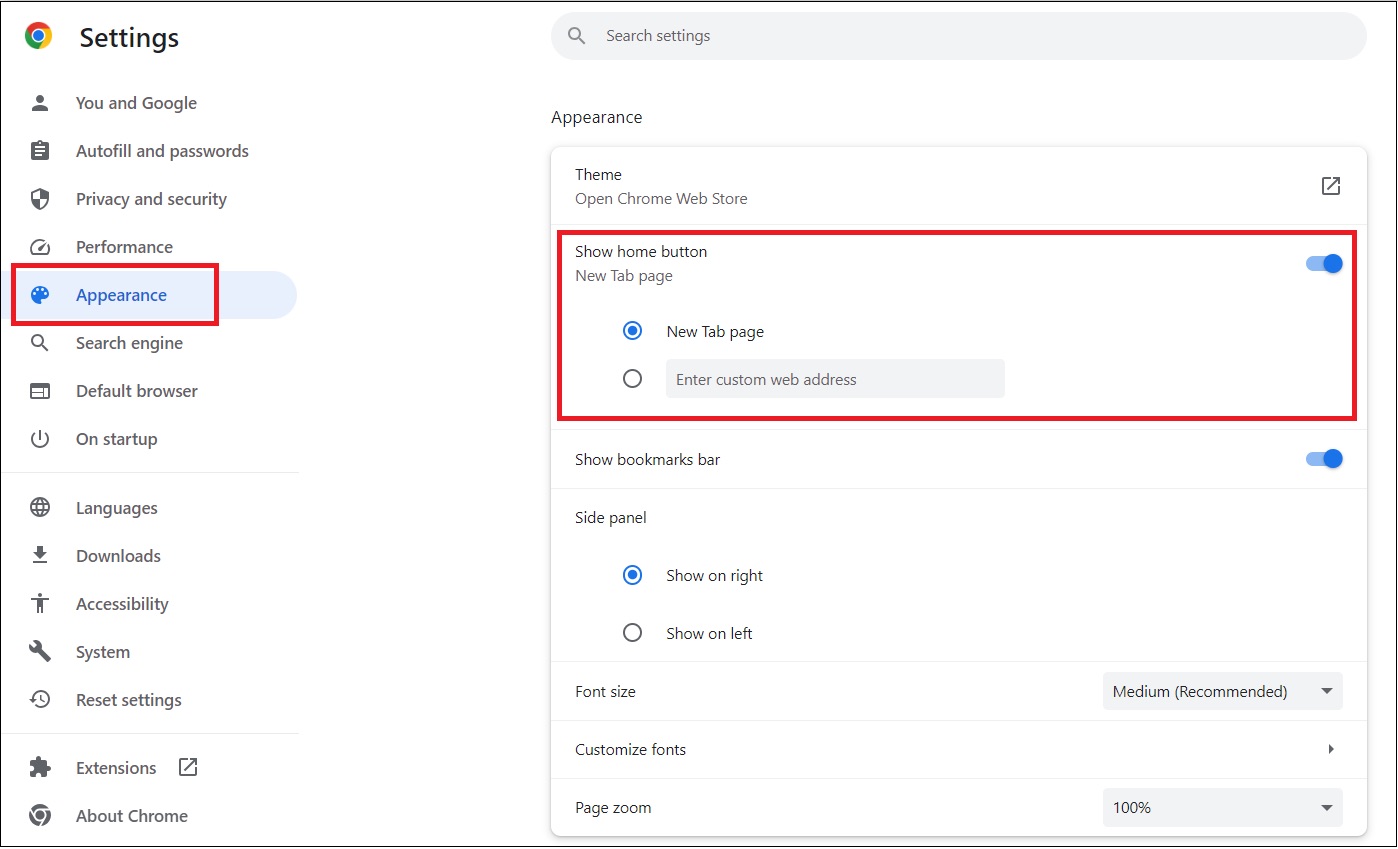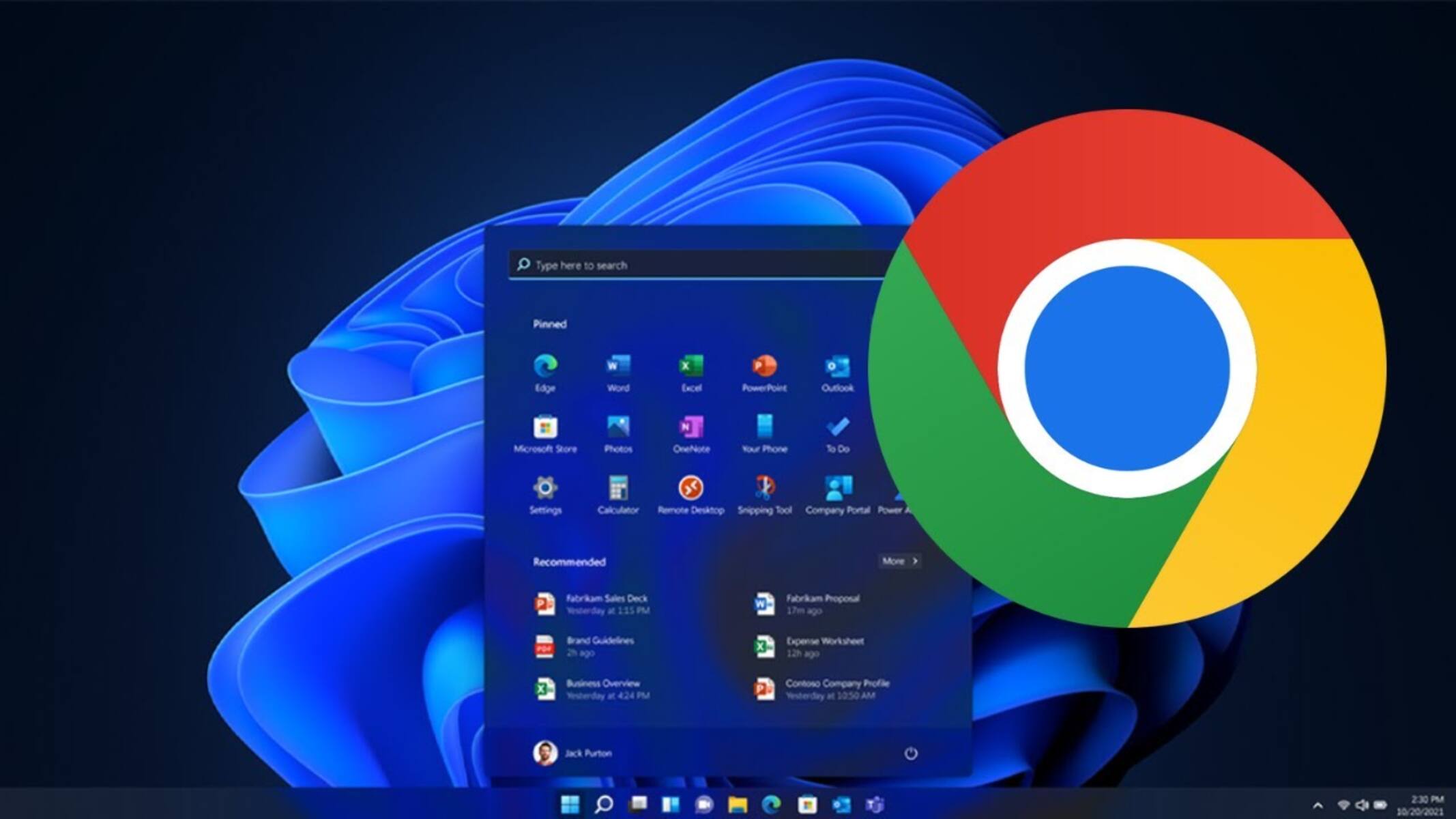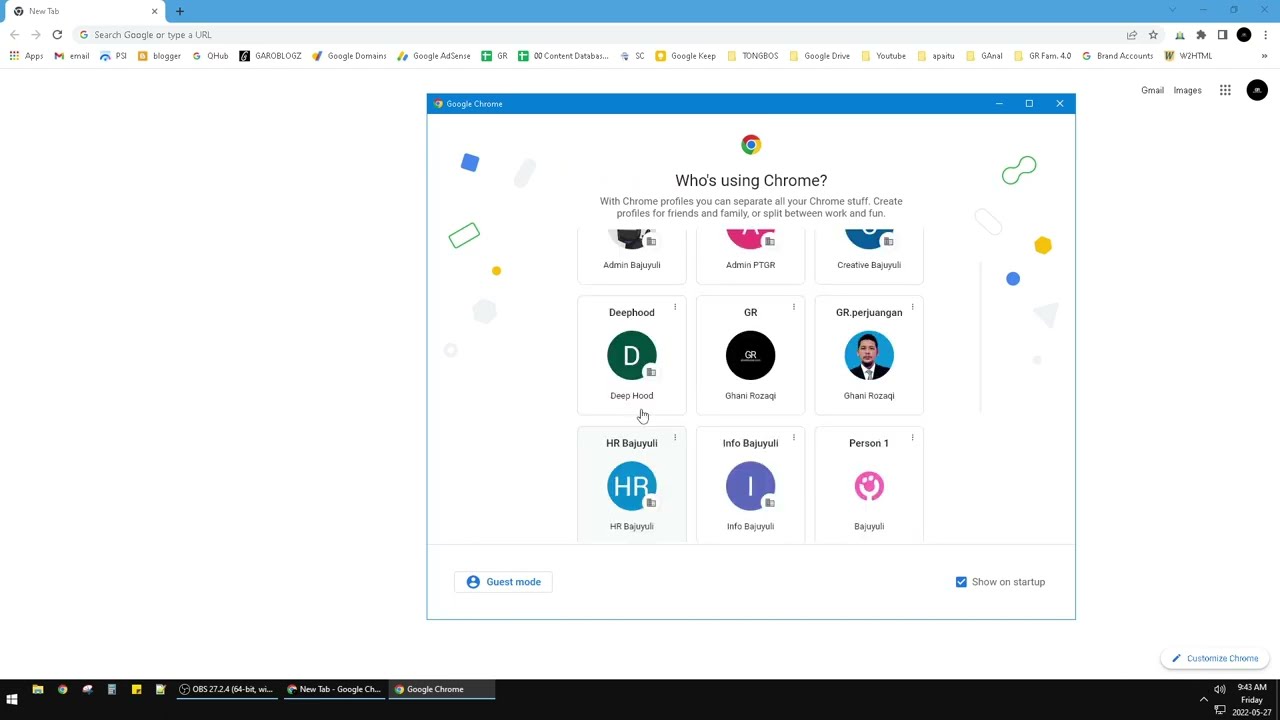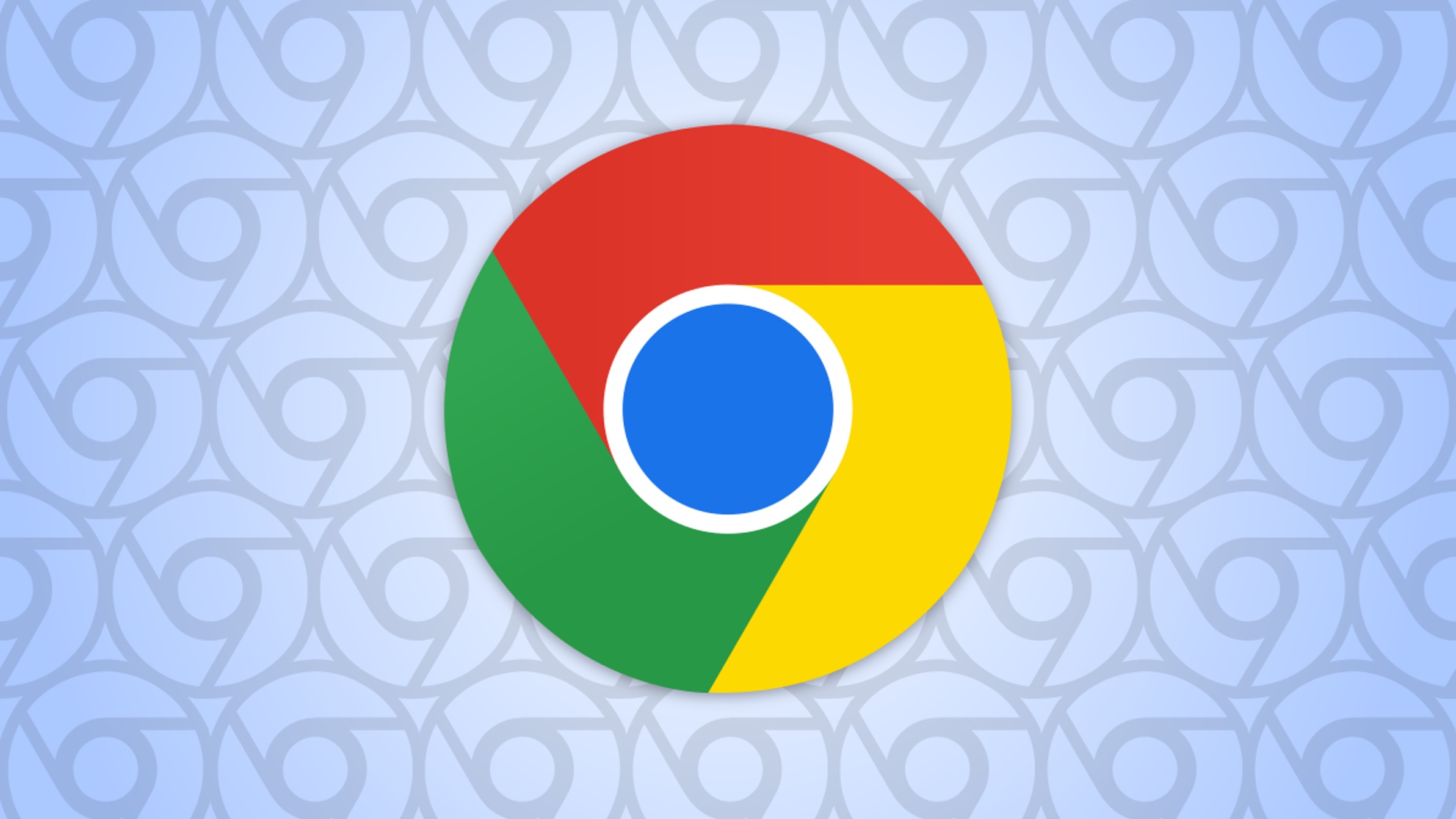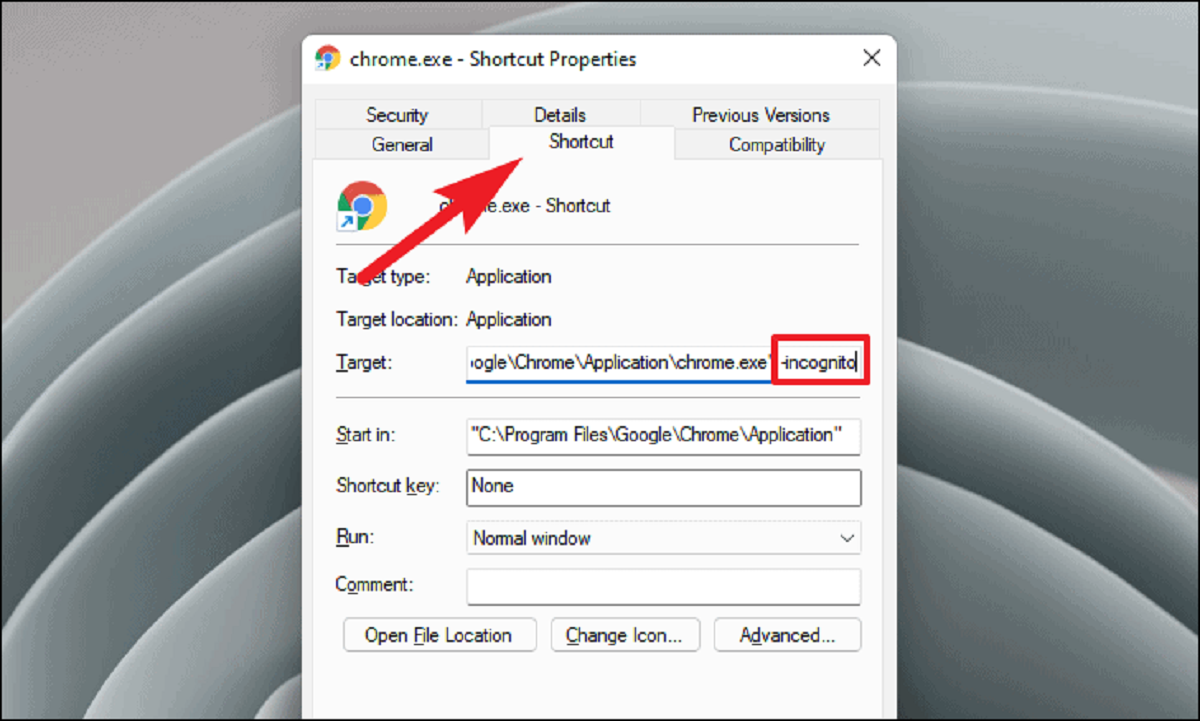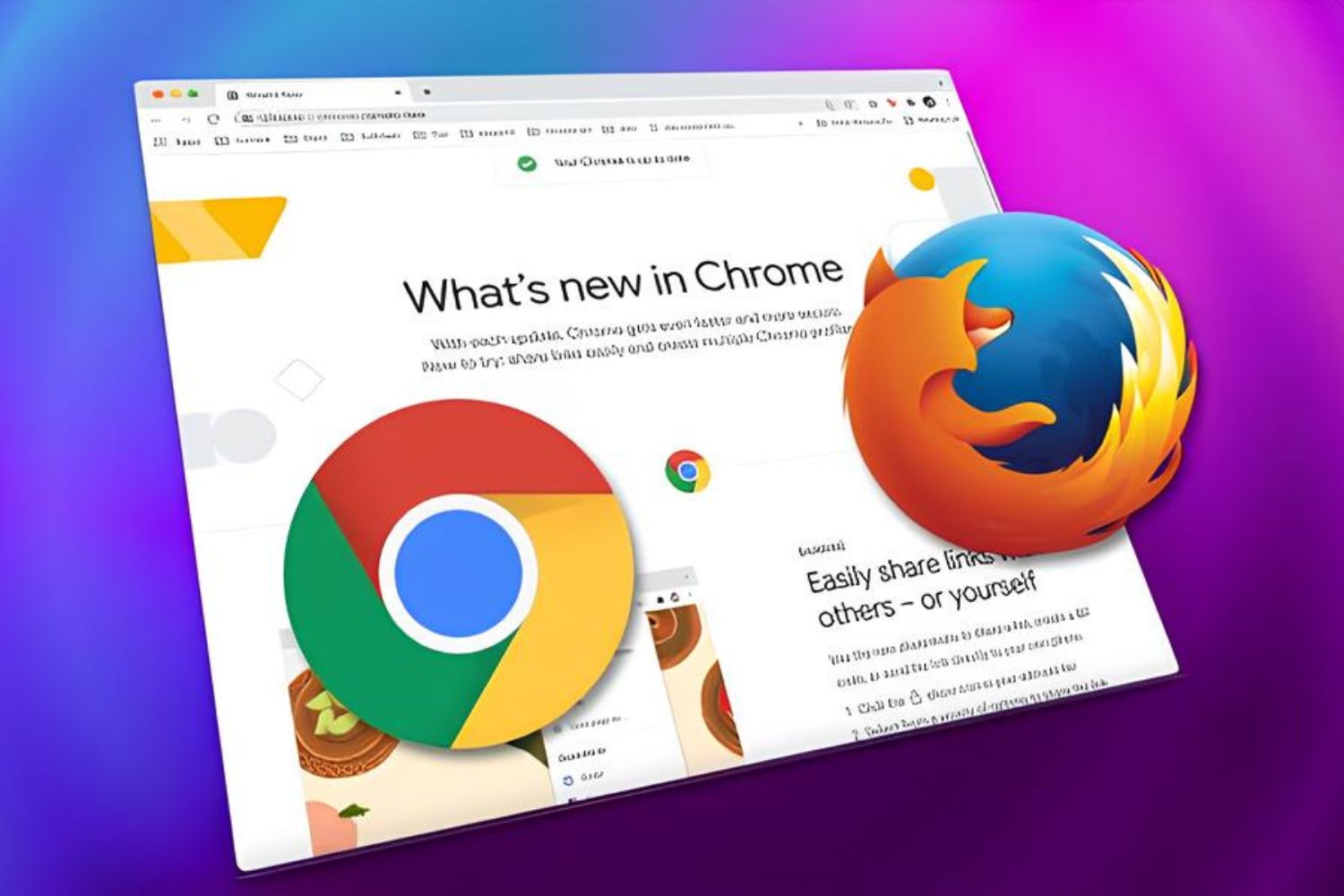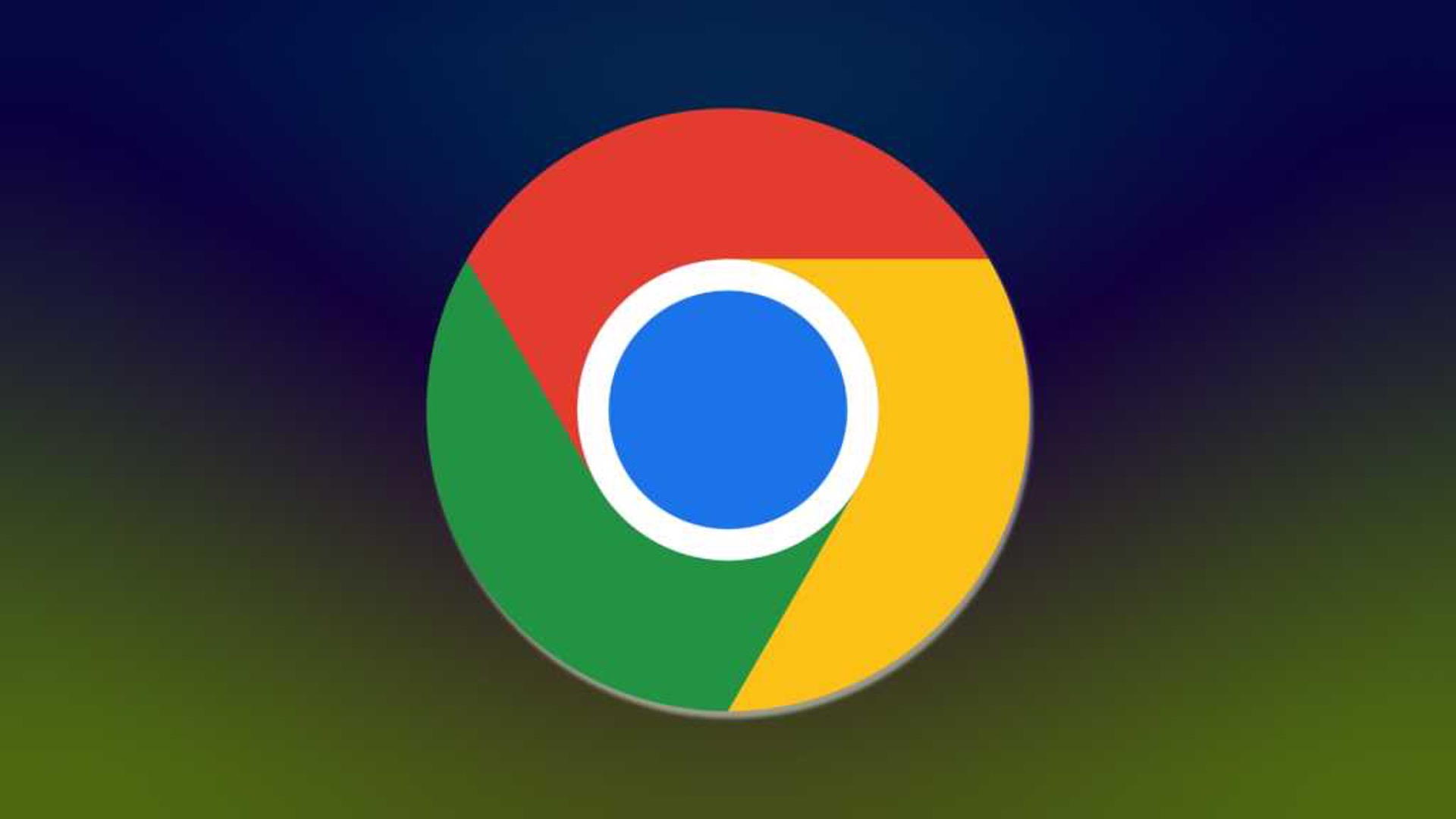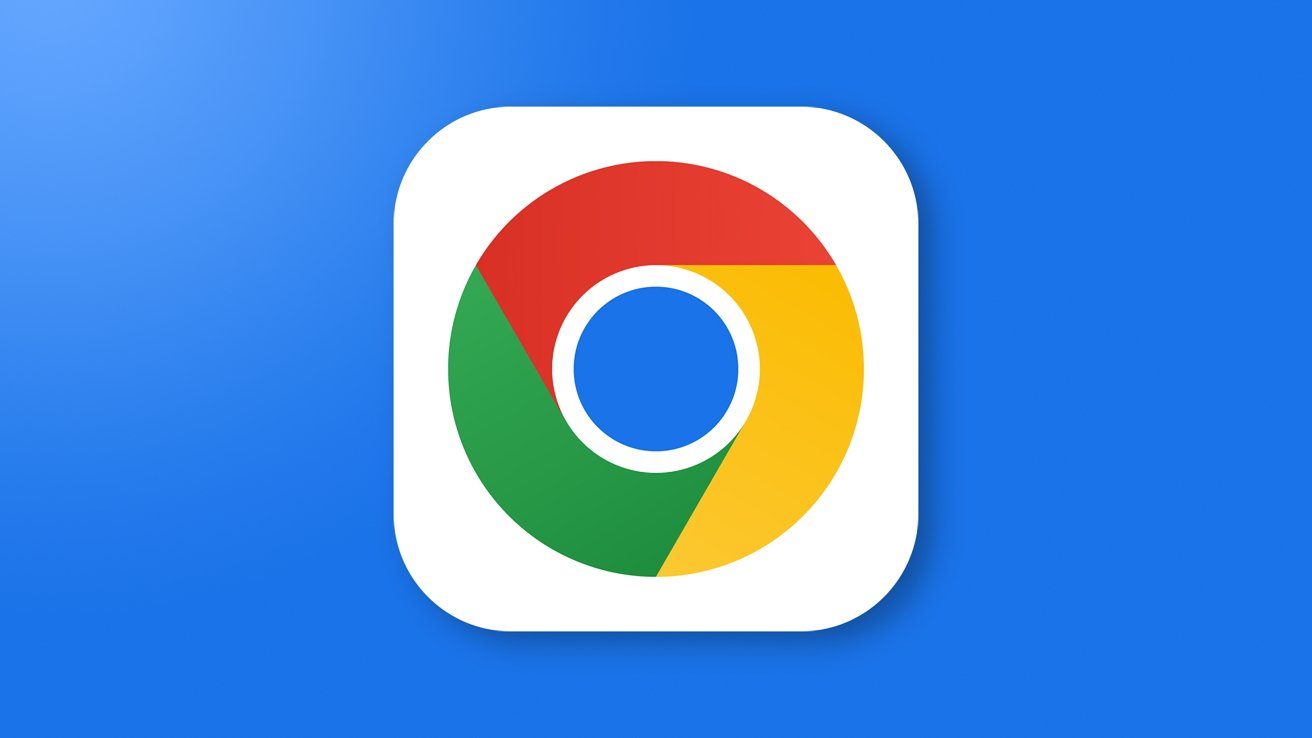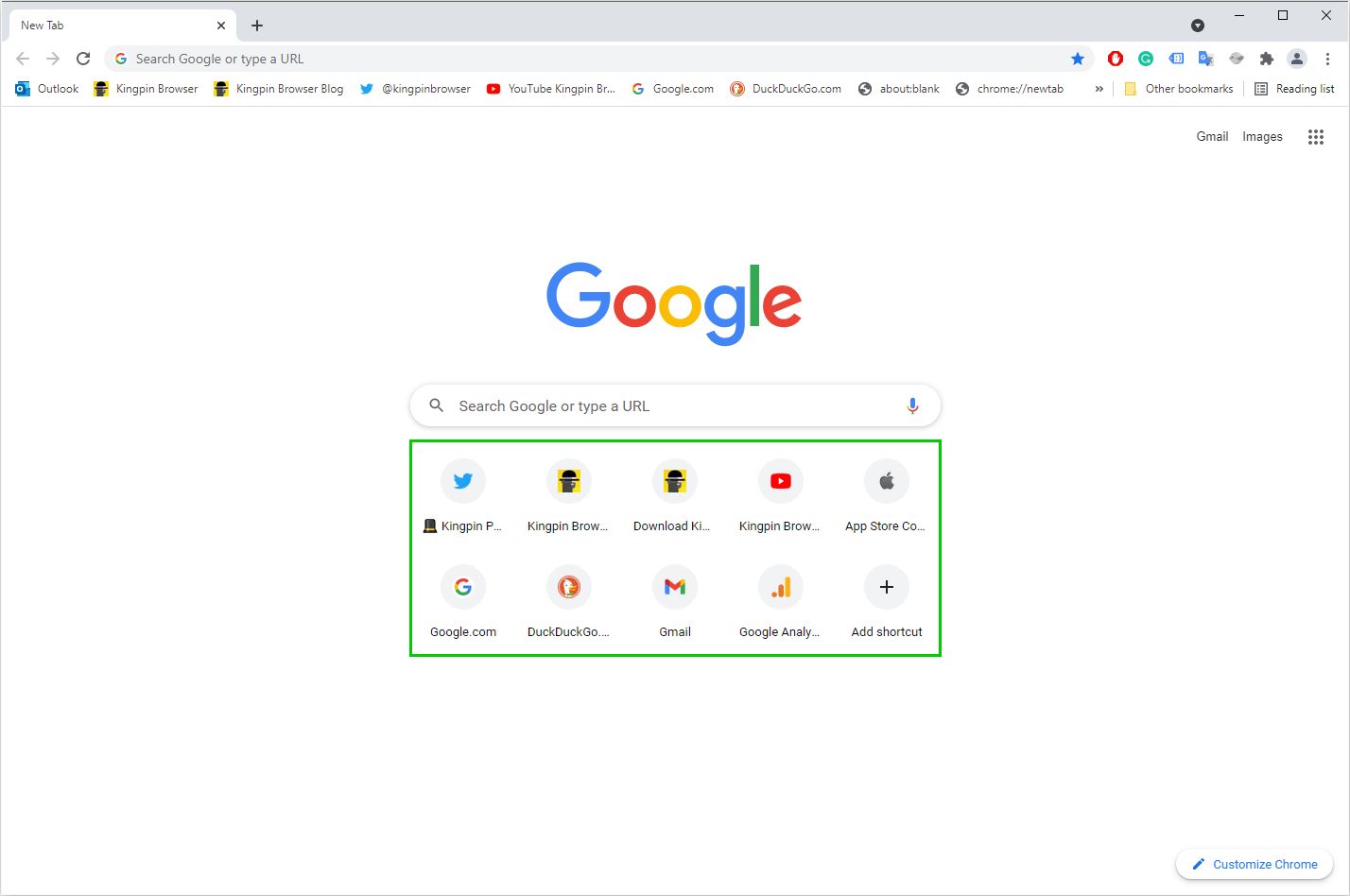Introduction
Setting a default page in Chrome can significantly enhance your browsing experience. Whether you want to streamline your workflow by opening specific pages every time you launch the browser or simply customize your browsing environment, knowing how to set a default page in Chrome is a valuable skill.
By setting a default page, you can ensure that your most frequently visited websites, such as your email inbox, news portal, or project management tool, are readily accessible whenever you start Chrome. This can save you time and effort, allowing you to dive straight into your preferred online activities without the need to manually navigate to each page.
In this article, we will delve into the process of setting a default page in Chrome, providing step-by-step guidance to help you tailor your browsing experience to suit your needs. Whether you're a seasoned Chrome user or just getting started with this popular web browser, understanding how to customize your default page can empower you to make the most of your online endeavors.
So, let's embark on this journey to unlock the full potential of Chrome by learning how to set a default page that aligns with your browsing habits and preferences.
Accessing Chrome Settings
Accessing Chrome settings is the first step towards customizing your browsing experience and setting a default page. Chrome offers a user-friendly interface that allows you to easily access and modify various settings to suit your preferences. Whether you're using Chrome on a computer or a mobile device, the process of accessing settings remains consistent, ensuring a seamless experience across different platforms.
On Computer:
-
Using the Menu:
- Click on the three-dot menu icon located in the top-right corner of the Chrome window.
- From the dropdown menu, select "Settings." This will open a new tab with the Chrome settings interface.
-
Direct URL:
- Alternatively, you can type "chrome://settings/" in the address bar and press Enter. This will directly take you to the Chrome settings page.
-
Keyboard Shortcut:
- For a quick access method, you can use the keyboard shortcut "Ctrl + , " (Control and comma keys simultaneously) to open the Chrome settings.
On Mobile Device:
-
Using the Menu:
- Tap on the three-dot menu icon located in the top-right or bottom-right corner of the Chrome app, depending on your device.
- Select "Settings" from the menu to access the Chrome settings interface.
-
Direct URL:
- Similar to the computer method, you can type "chrome://settings/" in the address bar and tap Go to directly access the settings page.
Once you have accessed the Chrome settings, you will be presented with a wide array of options to personalize your browsing experience. From managing your privacy and security settings to customizing the appearance and functionality of the browser, the settings interface serves as a gateway to tailoring Chrome to your specific needs.
By familiarizing yourself with the process of accessing Chrome settings, you can effortlessly navigate the various customization options available, empowering you to optimize your browsing environment according to your preferences and requirements. This foundational step sets the stage for further customization, including the setting of a default page, which we will explore in the following section.
As you become adept at accessing Chrome settings, you gain the ability to harness the full potential of the browser, ensuring that it aligns with your unique browsing habits and enhances your overall online experience. So, let's move on to the next step and delve into the process of setting a default page in Chrome to further personalize your browsing journey.
Setting Default Page in Chrome
Setting a default page in Chrome allows you to define which webpage or set of webpages should automatically open when you launch the browser. This feature is particularly useful for streamlining your browsing experience and ensuring that your most frequently visited websites are readily accessible without the need for manual navigation.
To set a default page in Chrome, follow these steps:
-
Accessing Chrome Settings: Before you can set a default page, you need to access the Chrome settings interface. As outlined in the previous section, you can access settings on both computer and mobile devices through the three-dot menu icon or by typing "chrome://settings/" directly into the address bar. Once you have accessed the settings, you are ready to proceed with setting your default page.
-
Configuring On Startup Options: Within the Chrome settings interface, navigate to the "On startup" section. Here, you will find the option to set what happens when you start Chrome. Click on the "Open a specific page or set of pages" option to customize your startup behavior.
-
Adding Default Pages: After selecting the "Open a specific page or set of pages" option, click on the "Add a new page" button. This will allow you to enter the URL of the webpage you want to set as your default page. You can add multiple pages by clicking the "Add a new page" button again and entering additional URLs.
-
Saving Changes: Once you have added the desired pages, click "Save" to apply your changes. This will set the specified webpages as your default pages, ensuring that they automatically open whenever you start Chrome.
By following these steps, you can effectively set a default page in Chrome, tailoring your browsing environment to align with your preferences and habits. Whether you want to start each browsing session with your favorite news website, a productivity tool, or a personalized dashboard, the ability to set a default page empowers you to curate a browsing experience that caters to your specific needs.
Customizing your default page in Chrome not only saves time and effort but also enhances your overall browsing efficiency. It ensures that the webpages you rely on the most are readily available, allowing you to seamlessly transition into your online activities without the need for repetitive navigation.
As you become adept at setting a default page in Chrome, you gain greater control over your browsing experience, enabling you to optimize the browser to suit your unique preferences. This customization capability is a testament to Chrome's flexibility and user-centric design, empowering you to tailor your digital journey according to your individual requirements and interests.
Conclusion
In conclusion, mastering the art of setting a default page in Chrome can significantly elevate your browsing experience. By customizing the startup behavior of the browser and ensuring that your preferred webpages automatically open when you launch Chrome, you can streamline your online activities and access essential resources with ease.
The ability to set a default page empowers you to curate a personalized browsing environment that aligns with your unique habits and preferences. Whether you rely on specific websites for work, leisure, or staying informed, having them readily accessible upon launching Chrome can save valuable time and simplify your digital routine.
Furthermore, the process of setting a default page in Chrome is straightforward and user-friendly, making it accessible to users of all levels of technical proficiency. By following the simple steps outlined in this article, you can effortlessly configure your default page, unlocking the full potential of Chrome as a versatile and customizable web browser.
As you become adept at setting a default page in Chrome, you gain greater control over your digital journey, ensuring that the browser caters to your individual needs and enhances your overall browsing efficiency. This level of customization reflects Chrome's commitment to empowering users and providing a tailored browsing experience that adapts to diverse preferences and requirements.
In essence, setting a default page in Chrome is not just about convenience; it's about personalization and optimization. It's about shaping your digital environment to reflect your unique online habits and ensuring that the webpages you rely on are always within reach. This level of control over your browsing experience is a testament to Chrome's versatility and user-centric design, reinforcing its position as a leading web browser that prioritizes user empowerment and customization.
So, as you embark on your journey to set a default page in Chrome, remember that you are not just customizing a browser setting; you are sculpting your digital space to align with your preferences and streamline your online interactions. Embrace the power of customization, and let Chrome become a seamless extension of your digital lifestyle.







